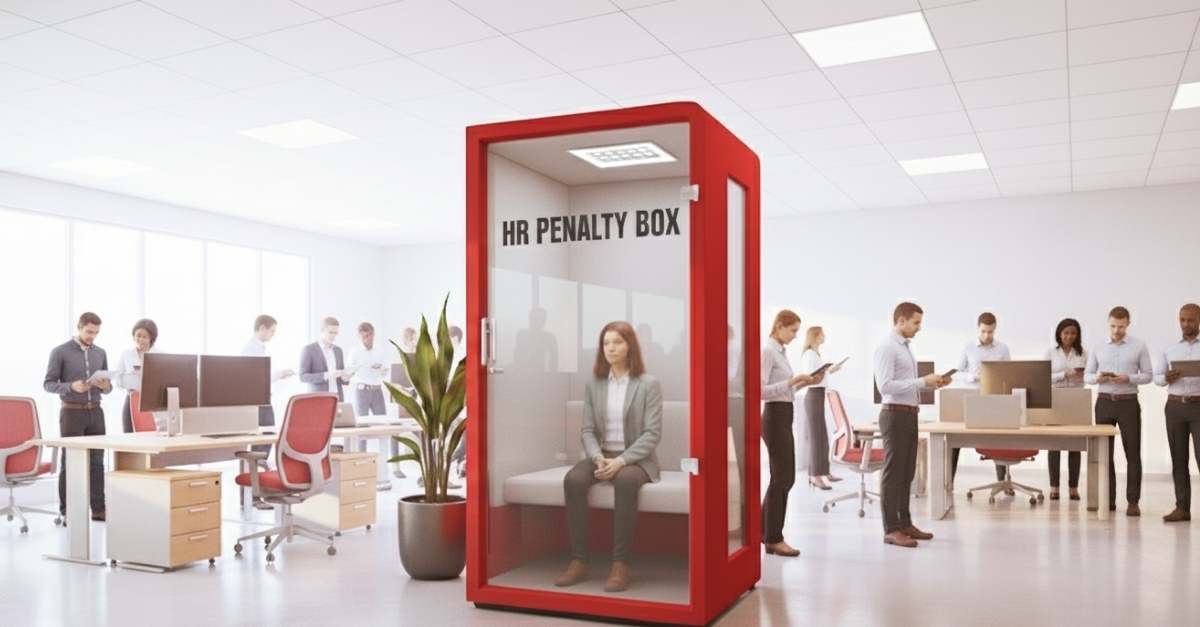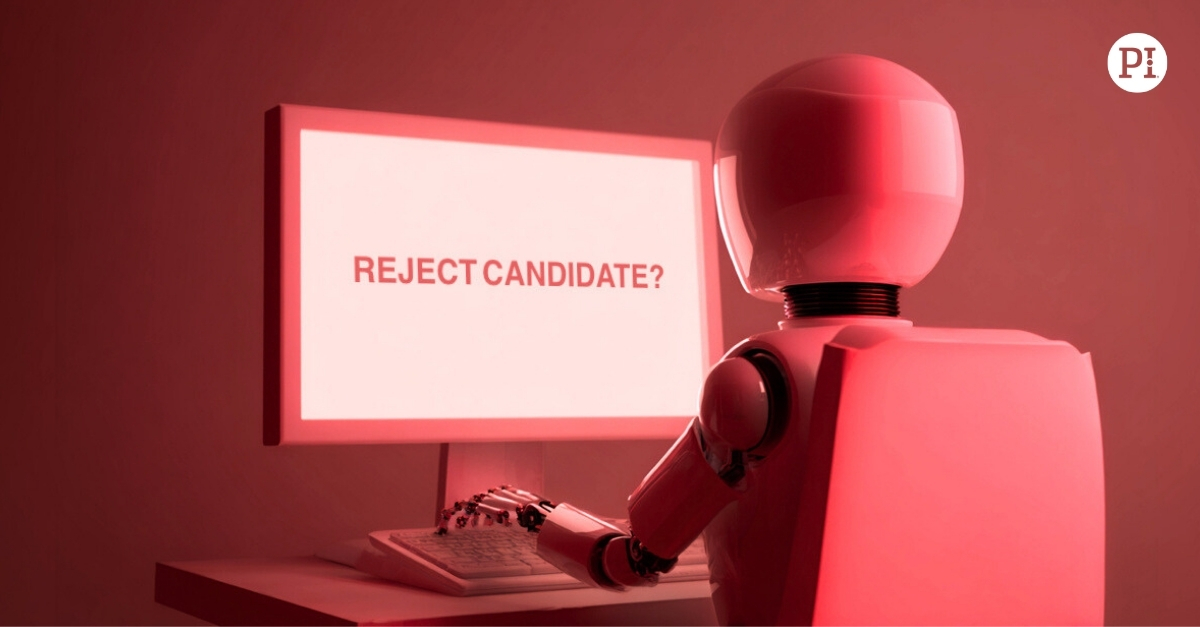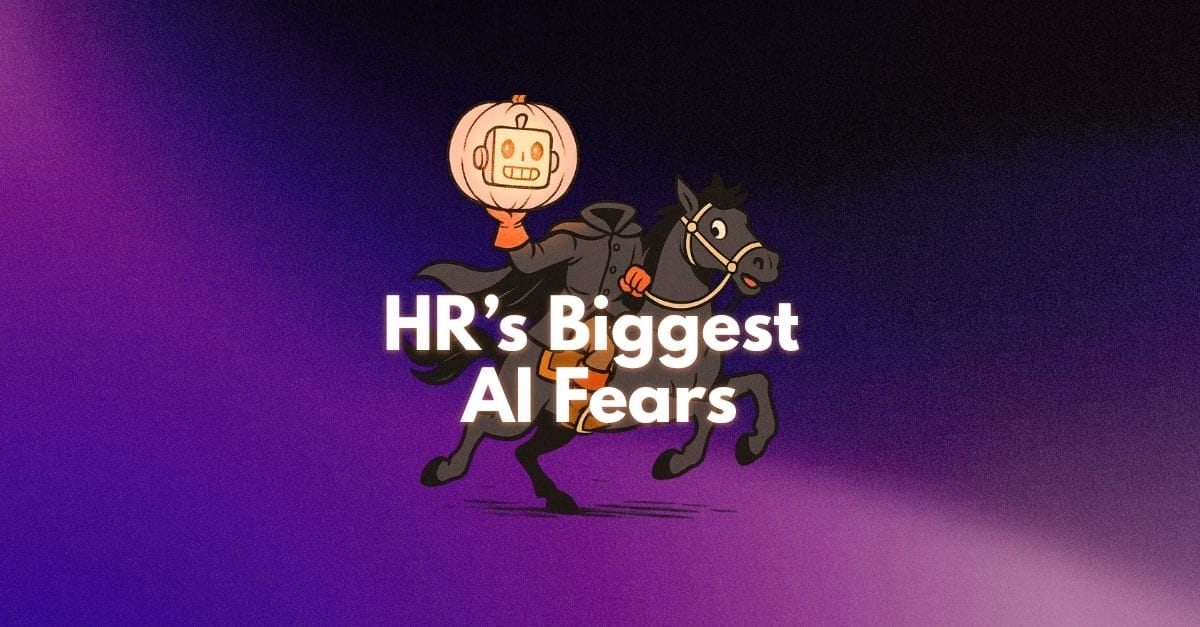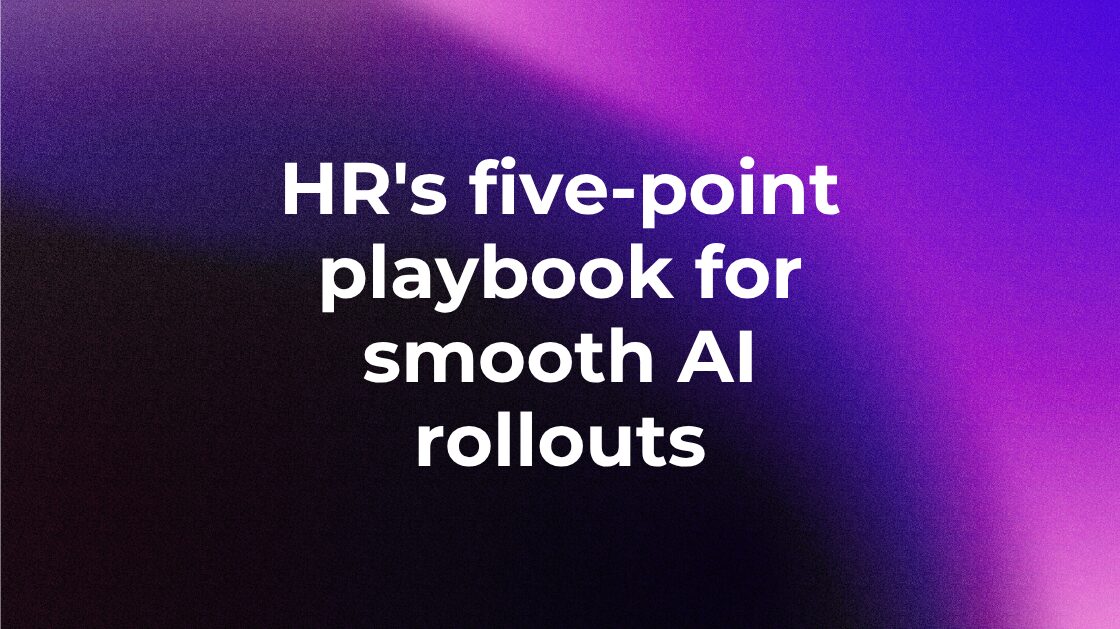By Elsbeth McSorley
Whether you’re a gen-xer or a millennial, here’s how to make your diverse workplace harmonious across all generations
While enjoying a luncheon attended by most of your organization’s employees, you notice how diverse the workforce is. Several generations of people work at your company. If you can relate to this scenario, making your cross generational workplace harmonious for all might be near the top of your priority list. By adhering to the following no-nonsense tips, accomplishing this crucial task might not be an impossibility.

Reevaluate Your Company’s Reward and Recognition System
Does the reward and recognition system at your company focus solely on length of service? Perhaps, a staff employee must work a minimum of five years before moving into a managerial position. Reward and recognition systems centered exclusively around longevity don’t usually work well in the cross generational workplace. Younger employees might outperform older ones. Unfortunately, because they lack a certain tenure, these talented individuals will receive less rewards and recognition. Due to being passed over for promotions and other benefits, younger workers might experience decreases in motivation. Creating a reward and recognition system based primarily on productivity is smart. However, recognizing workers who’ve remained with the company for long periods of time is also acceptable.
Develop Mentoring Opportunities
When younger workers collaborate with older ones, positive results can be achieved. Oftentimes, senior employees can teach younger ones the importance of face-to-face communication and structure. Younger generations can help older ones grasp technology concepts. Youthful employees might also help older workers establish healthier work-life balances.

Studies show that only 13% of employees are engaged. Check out our Five Tips for Increasing Employee Engagement and Retention, and easily buck this trend:
Join 10,000 companies solving the most complex people problems with PI.
Productively Handle Unavoidable Conflicts
When multiple generations of people work under one roof, conflicts are sometimes unavoidable. When tension arises due to cross generational differences, don’t allow it to stifle your company’s progress. Instead, utilize the conflict as a springboard to enhanced collaboration and innovation. Help teams solve differences and realize all employees have something valuable to offer. Establish processes for workers to:
- Bring up grievances
- Debate conflicts respectfully
- Resolve differences productively
Effectively Communicate with Each Generation
To communicate effectively with a cross generational workforce, avoid using a one-size-fits-all mentality. Understanding how employees across each generation prefer to communicate is vital because misunderstandings can have lasting, negative impacts. For instance, traditionalists often prefer hearing from managers through memos, letters, and individual exchanges while baby boomers tend to enjoy face-to-face meetings and phone calls. Generation X workers might appreciate receiving information through voice mails and e-mails while millennial employees may enjoy obtaining data via instant messages, text messages, and blogs.
Certainly, having a cross generational workplace can prevent boredom at the office. However, employing multiple generations of workers can also be an amazing business advantage. Traditionalists, baby boomers, generation-xers, and millennials all bring something unique to the table.









